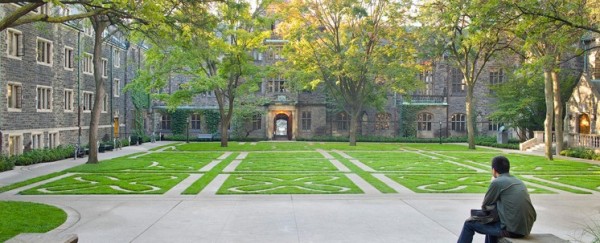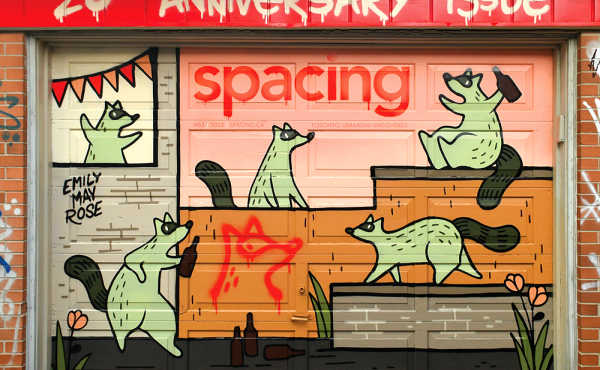

Cross-posted from No Mean City, Alex’s personal blog on architecture
![]()
Last fall, Azure magazine made the brave step of creating a new set of international design awards. I say “brave” because there are many such awards programs, because the AZ’s span all design disciplines from products to landscapes, and because Azure set the standards high. I was there last week to see the inaugural set of AZ Awards handed out at a big and stylish reception at Harbourfront Centre. Azure’s editors, contributors like me, and various well-dressed worthies showed up to fill a large room — always a good sign for this kind of thing. (It was the opening party for an exhibition that’s on right now, along with this summer’s show in the Architecture gallery.)
As you’d expect for a new set of awards, the AZ’s attracted a slightly odd mix of entrants and winners. But the selections — a “people’s choice” in each category and one selected by the serious jury — span the field of design in Canada and globally, and give a good sense of what’s interesting right now. I think the winners are well chosen.
The student work prize went to the gutsy Alex Josephson of Partisans Studio, who I’ll be featuring here soon.
Among the more established winners was Todd Saunders, the Canadian-Norwegian architect who’s doing remarkable work at Fogo Island in his native Newfoundland. When I spoke to him a few months ago, he mentioned he might soon be doing a building here. I hope so.

Two awards went to Saucier + Perrotte, one for Scandinave Les Bains Vieux — an incredible spa in old Montreal that uses wood, stone and tile as counterpoint to fire, water and ice. Its forms evoke monumental landscapes being shaped by rivers and glaciers. It harks back to Louis Kahn and to Peter Zumthor’s Vals baths. Not bad for an interior renovation project.

Among the people’s choice winners was Hariri Pontarini’s Ontario pavilion for the Vancouver Olympics, which I thought was spectacular. It used facades made of rope to establish an inexpensive, temporary piece of sculptural architecture.

And for landscape, The People chose the Trinity College Quadrangle by GH3 architects. This one deals with shady, difficult circumstances – if you ever saw the worn-out lawn that was there before, you’ll know what I mean – and creates a landscape that is frankly artificial but provides a welcome taste of nature within an urban setting. This is the state of the art in landscape (think of the High Line for the most famous example, or Toronto’s Sugar Beach), and I think this particular project serves its users extremely well. It’s been a sleeper and I’m glad to see it recognized.

Congratulations to the Azure folks — and, Torontonians, I highly recommend you visit both shows at Harbourfront.



